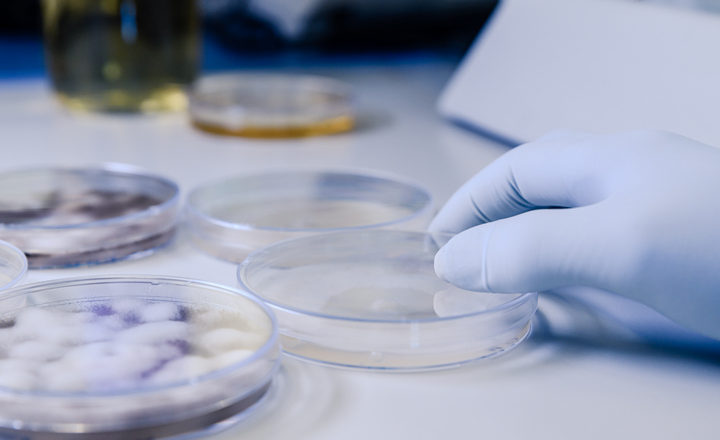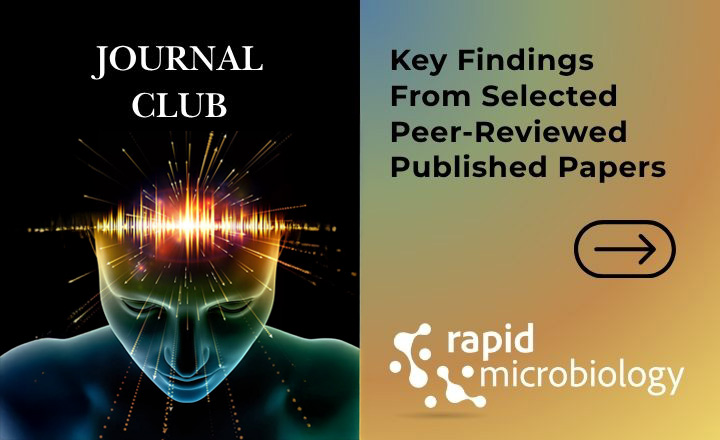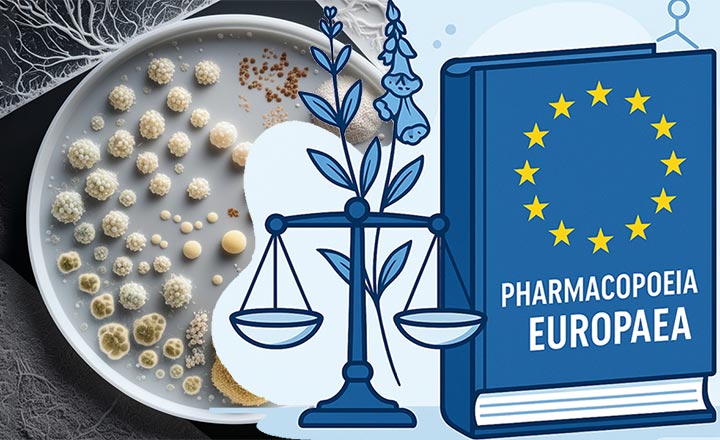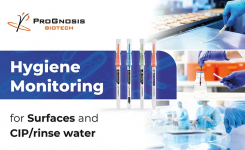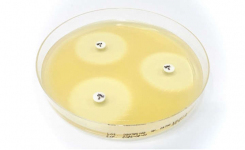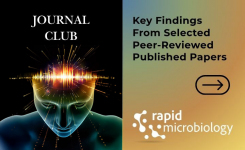- Bioburden testing is central to ensuring the safety and quality of biopharmaceutical products.
- Variability in bioburden counts weakens the predictive value of QC assays and can lead to either over- or under-response to contamination signals.
- Regulatory standards require reproducible and accurate microbial recovery and enumeration; without systematic error quantification, labs may struggle to meet—or defend—acceptance criteria.
- As low-level contamination becomes increasingly difficult to measure reliably, statistical rigor becomes essential.
Key points: Muralidharan identifies key sources of error in bioburden testing and introduces a statistical framework for estimating error1:
- Errors can stem from the uneven distribution of organisms within a sample, pipetting variability, handling mistakes, manual colony counting, and methodological differences.
- Careful choices in test volume, number of replicates, and dilution schemes can meaningfully reduce error.
- Regulatory documents such as USP <1227> and ASTM standards provide benchmarks for acceptable CFU ranges and can be applied when evaluating variability.
- A statistical estimate of error can be generated using the “root sum of squares” approach, which integrates the compounded effects of low CFU counts, limited replicates, small sample volumes, and dilution inaccuracies:
Errortotal = (ErrorCfu2 + Errordiltion2 + Errorvol2) sqrt
Bigger picture: This work provides QC and microbiology labs with a critical toolkit for moving beyond qualitative judgments (e.g., “this plate looks acceptable”) toward quantifiable, defensible error estimates. As biologics, cell therapies, and personalized medicines advance under heightened regulatory scrutiny, robust statistical frameworks for bioburden testing will support process validation, risk assessment, contamination troubleshooting, and regulatory inspections. Broad adoption across biomanufacturing could improve product consistency, reduce batch losses, and enhance reproducibility.
References:
- Muralidharan, 2025. “Understanding the Variability in Bioburden Test Results in Biomanufacturing.” Pharmaceutical Technology. Vol. 49, Issue 4, pages 20-23.






